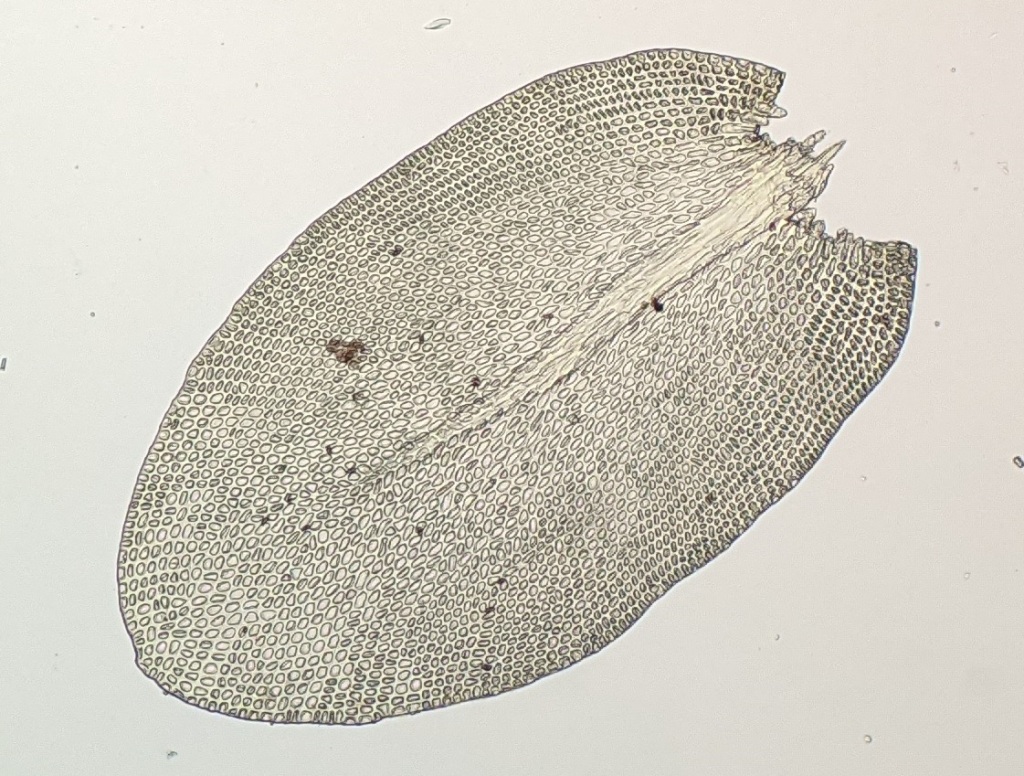Leptodon
Dioicous. Asexual propagules absent. Mats on tree trunks and rocks. Stems pinnately, bipinnately or more branched, incurved or rigid (not in Victoria) when dry, with scattered fascicles of rhizoids below leaf insertions; paraphyllia sparse to abundant or absent (not in Victoria); pseudoparaphyllia subfoliose or filamentous (not in Victoria), sometimes absent (not in Victoria); central strand absent. Leaves elliptic to ovate, loosely complanate, monomorphic, patent or erect-spreading when moist, appressed or erect when dry; apex obtuse or rounded, without a hairpoint; costa single, sometimes with a short spur branching off, extending c. 1/2–3/4 leaf length or short and double (not in Victoria); margin entire, often recurved near base, plane or incurved elsewhere, without a border; laminal cells isodiametric, oval or rounded-hexagonal to rhombic, longer toward base and costa, smooth or papillose (not in Victoria); alar cells scarcely differentiated. Capsules shortly emergent, vertical or nearly so, straight, ovoid, without an annulus. Calyptra cucullate, hairy. Operculum rostrate from conic base. Peristome double; exostome of 16 entire teeth; endostome rudimentary, consisting of a low basal membrane; cilia absent.
Seven species are currently recognised (Sotiaux et al. 2009) throughout tropical to temperate regions of the world; one species in Victoria.
 Spinning
SpinningSotiaux, A.; Enroth, J.; Olsson, S.; Quandt, D.; Vanderpoorten, A. (2009). When morphology and molecules tell us different stories: a case-in-point with Leptodon corsicus, a new and unique moss species from Corsica. Journal of Bryology 31: 186–196.


